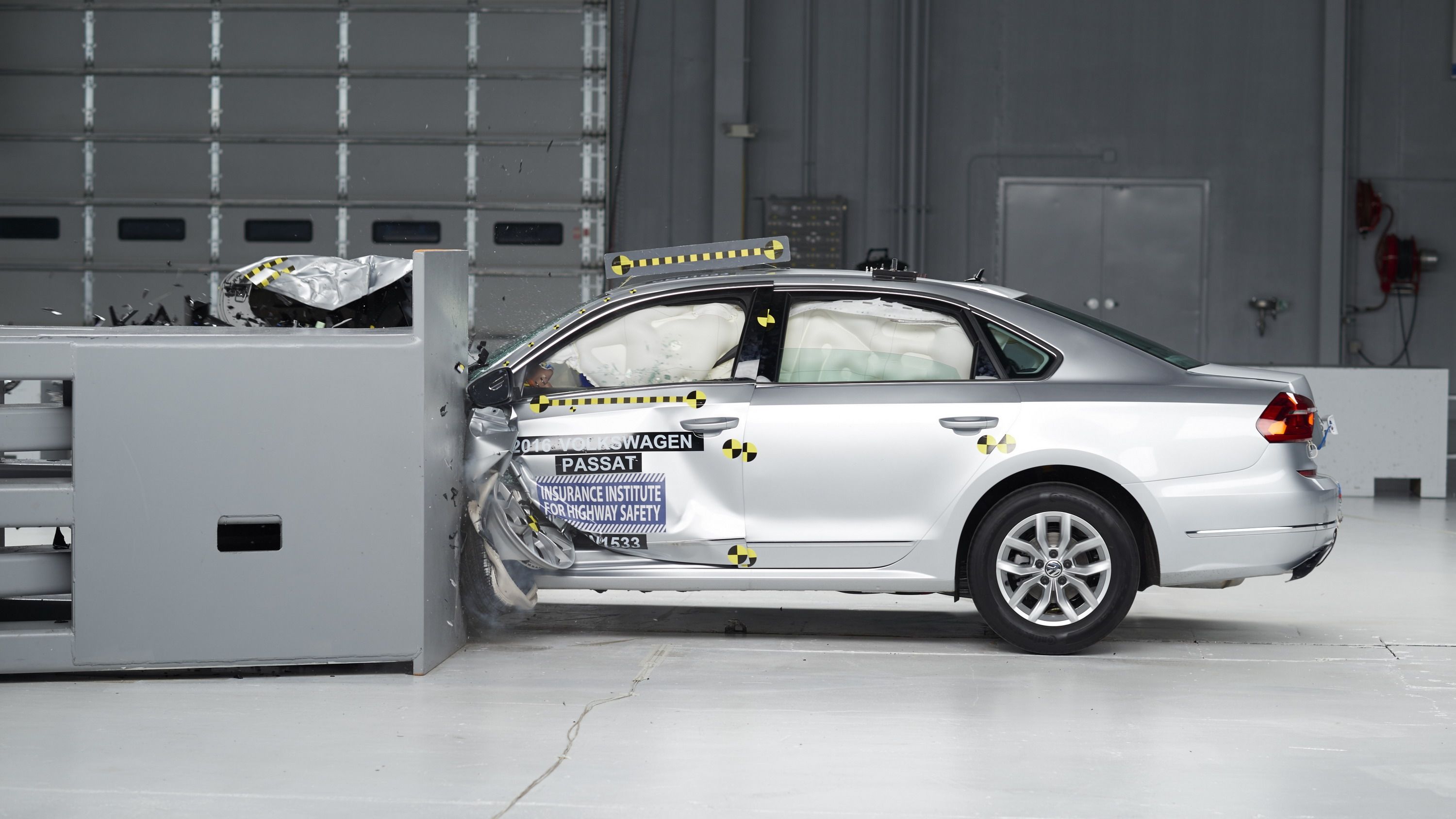The National Highway Traffic Safety Administration has been performing safety ratings for new cars since 1978, and according to the NHTSA, it has "set the bar for safety->ke2860 since it began." The current rating system in use rates cars on a five-star scale, with one star being the lowest, and five stars being the highest. Many tests are done on new cars, including crash impact testing for occupants from the front, side and rear, and certain technology features are also part of that assessment. Now, these crash-rating standards are about to get even better.
The U.S. Department of Transportation has officially proposed some significant changes, not only the NHTSA’s testing procedures, but how new vehicles are rated. For starters, the five-star scale will be revised to accommodate crash avoidance technology and pedestrian protection. A new, front-angle crash test will be performed to measure protection of occupants, and the full frontal barrier test will be improved. Adding to the new tests, more realistic test dummies have been proposed, and most crash-avoidance technologies will also be assessed.
The NHTSA’s website quotes Mark Rosekind, the administrator of the NHTSA, as saying, "NHTSA’s 5-Star Safety Ratings program was the first of its kind, and the idea has now spread around the world." He is certainly correct. There are a number of other countries that use similar vehicle assessments for safety ratings and it is important that we continue to raise the standard as vehicles evolve. If you’re interested in all the details of the NHTSA’s proposal, you can view it here.
Continue reading for the full story.
Why it matters
I think the most important part of this proposal is the use of new crash test dummies. Known as THOR (Test device for Human Occupant Restraint) the new test dummy will be the most advanced the NHTSA has used to date. He has more human-like characteristics – meaning he has an anatomically correct ribcage and shoulder, flexible spine, responsive abdomen, realistic neck, and legs that even respond to impact. Sensors allow over 100 different measurements from the crash dummy once he has lived his short but purposeful life.
At the end of the day, cars have evolved a lot over the years. New technology is being implemented by the year, and it is important that the NHTSA keeps up with all of these changes. Safety ratings are extremely important for those looking at purchasing a new car. I know if I was buying my next family car, I’m going with the car that best suits my needs with the highest safety rating. Plus, I’ve heard it said that some of these new technologies that “help prevent accidents” can actually make things worse in some cases, so it will be interesting to see how all of the new crash avoidance technologies stack up against the NHTSA’s testing process.

